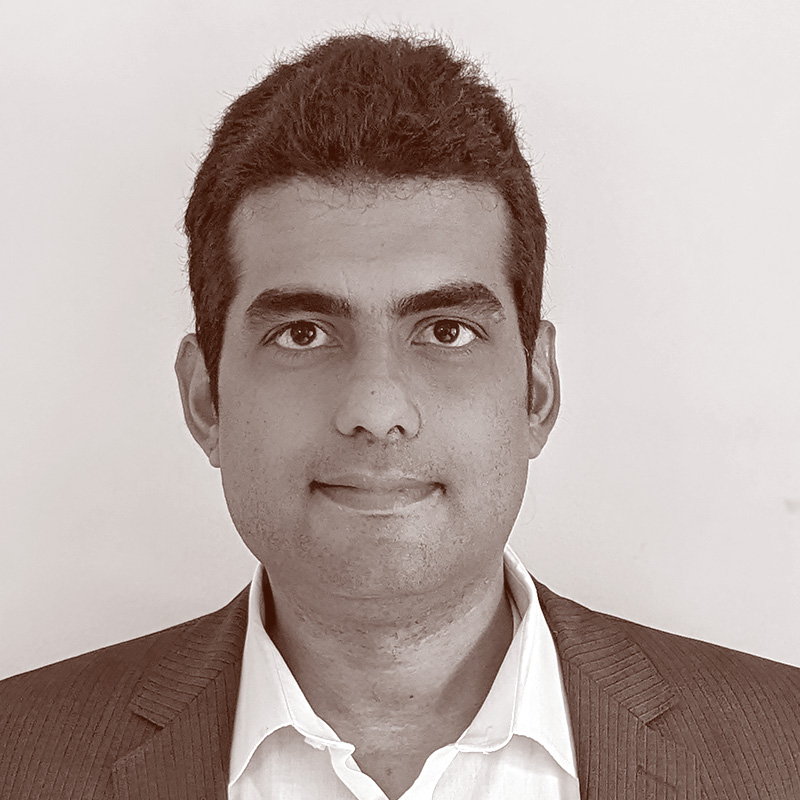Episode four of the Sorcero podcast features a conversation between Dipanwita Das and Jacob LaPorte, Co-Founder & Global Head of the Novartis BIOME. To begin, Jacob explains what BIOME is, and how it acts as something like an API for pharmaceutical company Novartis. Next, Jacob discusses how the present moment is particularly ripe for an explosion of digital health, due to a confluence of factors including maturing technology (like AI and Internet of Things (IoT)), implementation of key regulations, and the pressure of the pandemic to streamline healthcare delivery. Finally, they speak about what it means to build for scale in healthcare tech, and why data can be a common pitfall.
On how BIOME is like the API for Novartis
Jacob first addresses the need for innovative solutions when navigating legacy companies through the digital transformation. He explains, “Many different companies throughout this ecosystem have placed a pretty big emphasis on transforming digitally. But of course, the problem is that the industry itself is not digitally native. So we're almost always relying on an external partner, to some extent, to help us co-create these digital solutions. The complication becomes how do you truly begin to co-create effectively if you've never done that in this area before? And that was really the question that we have started to answer with the Novartis BIOME.
“The best way I can describe it — to use a programming analogy — is we're sort of like the API, for Novartis, into the digital health ecosystem. So, like any good API should do, it allows us to interact, write effectively, and exchange knowledge information. But obviously going beyond knowledge and information, and being able to plug in external capabilities that we really wouldn't be able to build with our own unique knowledge about healthcare systems, medicines, life sciences, to ultimately bring together and build something new that advances healthcare in some way.
The right partners
“There are obviously a lot of complexities behind that. It's a lot of process around, How do you find the right partners for your problem statements? How do you actually bring them into Novartis? … How do you, on the back end, create platforms? And [how] to actually rapidly create, test, and learn these new solutions?
“So we do all that. We operate in about 15 locations…. Because we believe in meeting the innovators in their ecosystem and really being a part of the ecosystems and contributing to them as a means by [which] we actually integrate and deliver our ‘API,’ if you will.”
On why the time is now for digital health
From the development of machine learning to the Internet of Things, innovations over the past decade have set the stage for the flowering of digital health today. In addition to the maturation of technology, more recently the pandemic has jumpstarted digital innovation across the board.
Jacob says, “Innovation is driven by necessity, right? If you have something that's working, you're very unlikely to switch to something else because you perceive the risk. If you have something that's not working at all, like some parts of our healthcare system during the height of the pandemic, you're willing to try a lot of things. And that's what we saw happen.
“As a result of that, you started to see some temporary policy shifts that have supported that. The embedding of digital health solutions in the US, for instance, is getting rid of state licensed insurer agreements [where] physicians had to get licensed in every state in order to practice. Which really had impeded telemedicine. We're starting to see that policy being extended. Could it be extended so that … that license or role is completely changed over the long term? That has yet to be determined.
An amazing period of digital health
“You're starting to see other policies that were put into place. Again, I'm speaking from a US-centric point of view. But some of the stuff that was put into place with the 21st Century Cures Act [is] now coming to fruition in 2022 and 2023. EMR companies and other providers that amass data are now being required to create standardized APIs to be able to exchange these data. But importantly, that is being enforced now, so they're having to actually do it. So I think because of these near term catalysts, we're going to see an amazing period of digital health where we're going to be able to, hopefully, more rapidly exchange data. [And] some of these other policies [are] curbing some of the barriers to entry,”
On building for scale in healthcare platforms
Building technology for scale, especially when it comes to AI in healthcare platforms, can run into problems of standardization. Jacob cautions product innovators to think carefully about the data.
He says, “My general rule of thumb is, when you're building for scale, thinking about an advanced analytics platform in healthcare, you need to be really concerned about what is the data that you're looking at. Is this data that you're generating off your platform — which allows you a lot more control over the type of data, the structure of the data, the ontology of the data — that then makes it a little more amenable — or much more amenable, as it may be — for ML? Is it data that someone can actually easily provide to you? Or operational data that people typically track in very similar ways? Or is it data that is very hard for people to give you access to? Either because it's governed by laws and regulations, [or] it's fragmented.…
“We're usually talking about, in machine learning, in this context, healthcare data and being able to predict or help diagnose. The problem is we tend to take a very small set of data that someone has access to. It produces really promising results. But then what happens? They can't get access to other data as easily. Or the data is fragmented. It's structured very differently than what it might have been in the original context. And that makes it very problematic to scale a lot of these clinical decision support tools that I see out there. So that's what you have to take into mind.”


